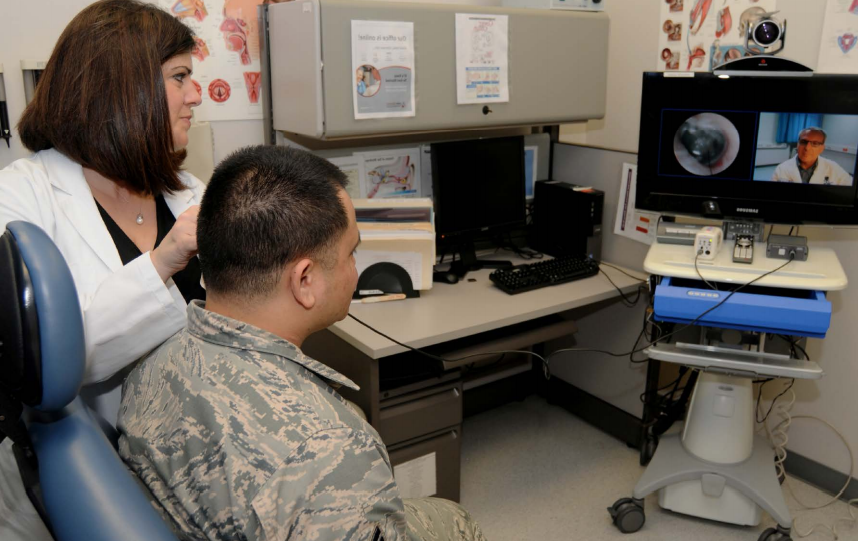In the public sector, telehealth has made a significant impact in providing care to underserved and more remotely located populations like Native Americans. Rich Itkin, Federal Account Manager at Polycom, a leader in conferencing and telemedicine services, spoke about how Indian Health Services in particular is effectively taking advantage of telehealth.
“Indian Health Services and the Phoenix area have taken a proactive role in implementing telecommunications using Polycom solutions,” Itkin explained. “We have video conferencing end points and infrastructure all around the country connecting various district offices and also remote clinic locations within Indian Health Services.”
Many small towns and rural Native American tribes in Arizona are hours from the closest clinician, practitioner or psychiatrist, and that often puts the populations beyond the reach of traditional care. That’s why a telemedicine network is so crucial to delivering services – especially services like tele-mental health and tele- diabetes checkups and treatment plans.
“The purpose of our video conferencing and telemedicine services is to enable trained medical professionals to communicate with the Native American population at very remote locations all across the Southwest,” Itkin said. “They need to have resident experts communicate with them, whether it be a psychiatric evaluation, or to see that they’re regularly taking their meds, and if there’s any questions in regard to the medications. So now the patients can actually have face-to-face contact with these specialists, and the practitioners that are communicating with them. It’s very important to see a visual of the patient and see how they look, how they’re reacting and interacting, in these cases.”
Itkin explained that the significantly improved quality of the technology and visuals that are used for mental health evaluations in these communities is particularly important.
“Our technology allows superior quality, high definition video and audio communication. Everybody’s used Skype – but our solutions launch telemedicine to a new level. These high definition capabilities allow telemedicine professionals to be able to better diagnose, as well as make the experience better and more natural.”
Added Itkin, “This is all about comfort level, and when patients are comfortable looking basically at a screen and seeing on the other side somebody very clearly, where it looks very natural, they’re going to feel more at ease and be more willing to come back to that facility to interact with that medical professional more frequently.”
This is an excerpt from our latest industry perspective, where GovLoop and Yorktel explore telehealth best practices, benefits, and what you need to know to take advantage of the next evolution in technology and health care.







Leave a Reply
You must be logged in to post a comment.